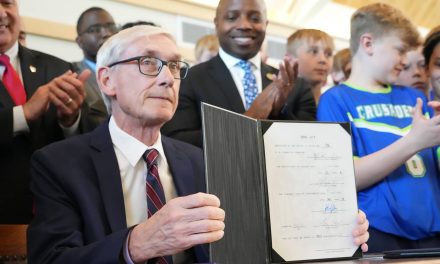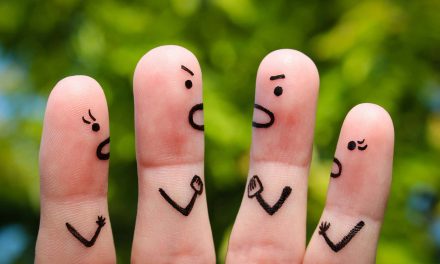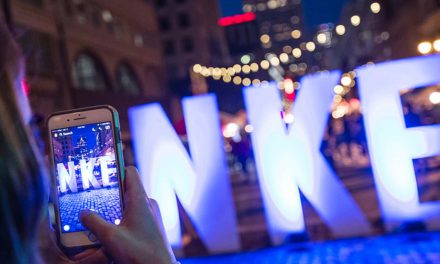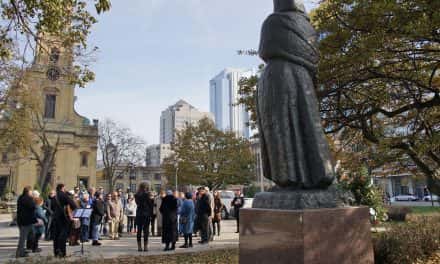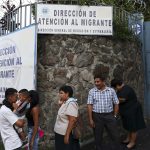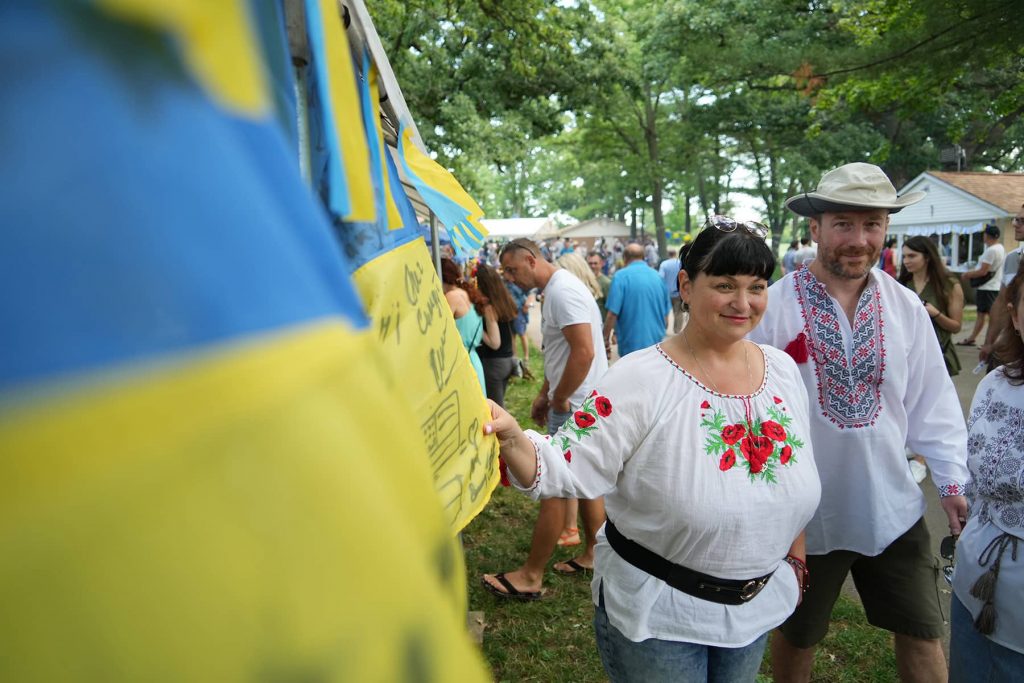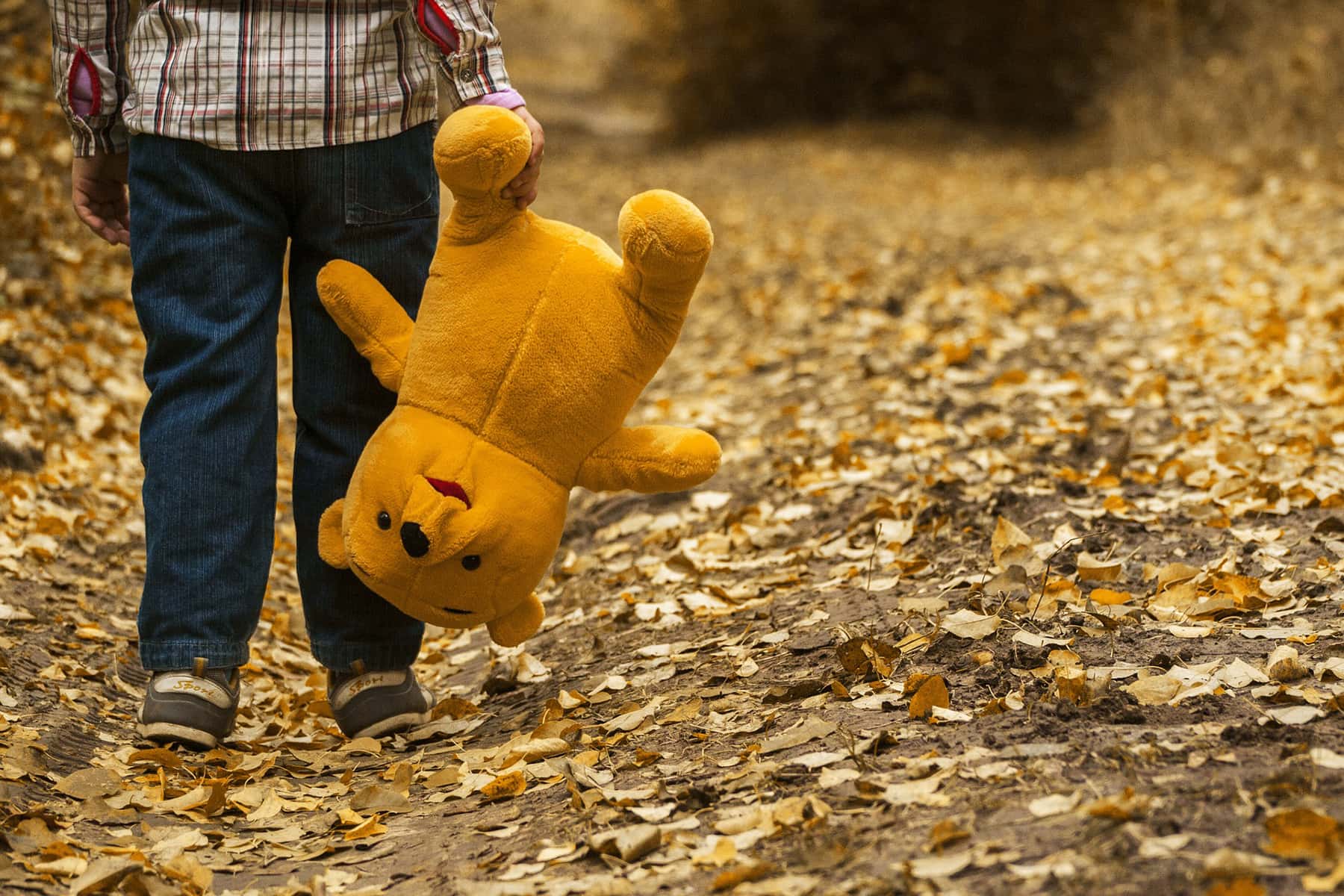
The abuse of children is an insidious equalizer in our society. It knows no boundaries, nor does it discriminate. Whether in subdivisions or subsidized housing, immigrant detention centers or mansions on the lake, child abuse occurs.
For some, it is a one-time occurrence, for others, it is ritualistic and ongoing. Whether once or a thousand times, the abuse of a child is brutal, inhumane, and violates the norms of any decent society. And the mere presence of it alone should cause us to question if, in fact, our society is decent.
The abuse of a child by physical violence. The abuse of a child by emotional cruelty. The abuse of a child by neglect. The abuse of a child by the trauma of separation and dehumanization, our country has slowly become less responsive to protecting the most vulnerable and innocent of us all.
The trauma experienced by those who survive abuse is too varied and complex to categorize. Yet, there is a common quality that many share, regardless of if it is realized or has yet to manifest. Within each survivor lies the resilience and courage that will one day fuel the journey of healing. A journey that can be done on their own, or ideally one that is nurtured by a caring, open and supportive community.
The articulation of one’s experience with surviving child abuse is an auditory and behavioral manifestation of the intrinsic courage that was present at the point of abuse, silenced soon thereafter, but there all along. Survivors, often working through an unhealthy narrative. A narrative that was imposed on them, but once disposed of they are free to write their own. A narrative that is healthy, sustainable and not influenced by intimidation, intergenerational dysfunction, or misread theological justification.
Throughout this journey, one may rehash not just their experience as a child, but also rethink the actions, or lack thereof of those around them. At times, limited to the abuser, and other times referencing those in their lives who knew, yet did nothing. Their silence serving as tacit endorsement. Silence that was once interpreted by the survivor that the abuse of a child is okay. Silence that was reinforced by the stern look of an elder whose gaze conveys a visual “Shhhhh”. The cues delivered, the message received, and the unbearable and unjustified weight of stigma, shame and responsibility placed on the small shoulders of an innocent child.
With no dialogue, an absence of advocates and a feeling that they would not be believed, at times a child may be left to construct a reality that questions why the abuse occurred. One that leads some to feel that they are to blame. Facts, memories, and rationalizations pieced together through the mind of a child that strives to makes sense of the unthinkable. Whether a priest, a family member, or a stranger, what would it mean about them if others knew? How would it disrupt the idyllic perception of their perfect American family? And in the absence of calling out the abuser that the false narrative constricts, it limits and holds the potential to distort their view of themselves and the world they live in.
“It’s because I sat too close to him.”
“I matured faster than the other girls.”
“It kept going on because I didn’t speak up.”
Each statement reflects a decades-old rationalization where blame – with internalized shame – was reinforced by silence. Not created by the child, but fostered by society and, at times, a culture or family where the silence is what mattered most. More than the rights of an innocent. A disturbed dynamic where the elusive, but justified full stop statement of: “What they did to you was wrong” may have never been heard, and thereby has yet to be recognized within.
My attempts at sharing this are not to provide insight into a particular counseling session, nor does it reveal privileged information. Most of all, it is not intended to portray this as the reality for all survivors of abuse. Rather, it highlights some of the challenges people face, yet overcome as they traverse their healing journey.
With April being Child Abuse Prevention Month, it is imperative to use this time to counter child abuse by being open, and not as one who looks the other way. It is not courageous to speak up when you hear or witness child abuse, it is humanity. Whether in your home, community, or at our nation’s borders, the abuse of a child is wrong and must be called out.
To honor your humanity, allow that compassion to be shown not just to the children in your life, but also toward those you will never meet. Compassion toward those locked in cages, shot on our streets, trafficked across the country, or the ones who have yet to speak up yet.
In the absence of supportive voices and the presence of selective naïveté and opt-in blindness, the abuse will continue. At times instinctively determining which children we will care for, and which we will not. But for the child who is abused the outcome remains the same. To them, the silent are no different than a relative in their home, a stranger in their community, or a guard in their internment camp. If we are silent, our inaction serves as a tacit endorsement of the abuse and signals a breach of our humanity.
Do not be silent for your children. Do not be silent for yourself.
Be there for them. Be there for you.
Listen and be patient. Be thoughtful and instill in your child the integrity of their thoughts, the sanctity of their body, and their inherent rights to be respected, honored, and safe. Cultivate an environment in your home and ideally your community that – should abuse occur – you will be there to support them.
If that child is yours, allow the journey of healing to begin. And if that child is you, go down that same path.
Never veer off course and know that you are not on this journey by yourself. There are others, each in their own way, getting closer to knowing their truth, honoring their integrity and doing their part to heal and stop the abuse of all our children.

